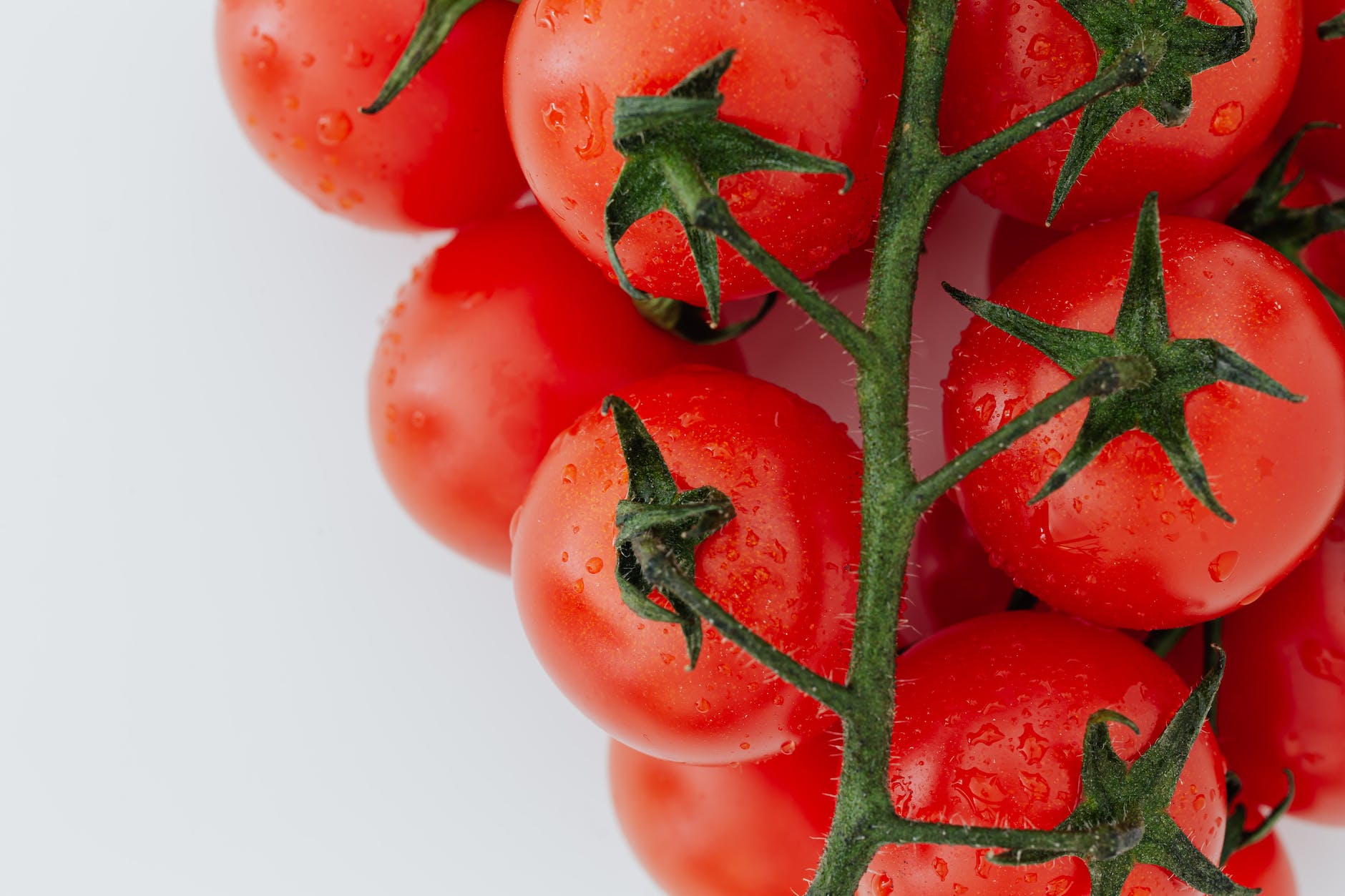I was excited to come across an Oxford Nanopore Technologies YouTube video from London Calling 2022 that included the use of the Flongle! Abigail Stack from Bayer Crop Sciences spoke about “The POREtal to advancing plant diagnostics: Flongle for tomato bacterial race typing and beyond.” Stack started by explaining their role as a plant pathologist and the use of Flongle for pathogen diagnostics. They noted that “vegetables can be infected with all the same types of pathogens as a human – bacteria, fungi, and virus.” Also, Stack said that Bayer ships seeds to over 160 countries all around the world. As a plant pathologist, Stack does plant molecular diagnostics. Stack said that “fungal and bacterial species often have multiple distinct strains that cause disease only on certain hosts or genotypes…” Stack explained that for bacteria these species are referred to as races, and for some pathogens, there are race-specific PCR primers. I didn’t know this! Stack’s team wants to move toward molecular diagnostics to reduce the time and resources for internal diagnosis. Using traditional race typing apparently uses a lot of greenhouse space! Stack is performing molecular race typing with the Mk1C and flongle. They are looking at the bacterial spot of tomato that has significant economic implications. There are four Xanthomonas races that can cause disease, and a few are different species. The genome of Xanthomonas is 5 Mb. Stack’s team started by studying their phenotype collection and sending race isolates for PacBio genome assemblies as a reference. As Slack put it “to get a couple of high-quality genomes for each race.” The team then used Nanopore sequencing to map their reads to the reference datasets. Stack even mentioned having to “throw one (PacBio) reference out” after analyzing the Nanopore data. They have been able to “match the fungal race type to the phenotypic race type for fifteen samples.” The average number of reads per run is about 100,000 and they are still able to get the resolution they need. The table Stack shared included 377 Mb passed, 104,000 reads, and an N50 of 16,020 bp! Wow. The turnaround time for diagnosis was two days. They can also type with as little as 15,000 reads! The mapping stringency (q) really does matter, emphasized Stack. They concluded that Flonges are a low-cost method for bacterial genome construction. They reduced the workflow time by up to 75%. I wish they had shared the DNA extraction and sequencing kit used. Nevertheless, I learned a lot from this eight-minute recorded session and now have ideas for use of the Flongle!



